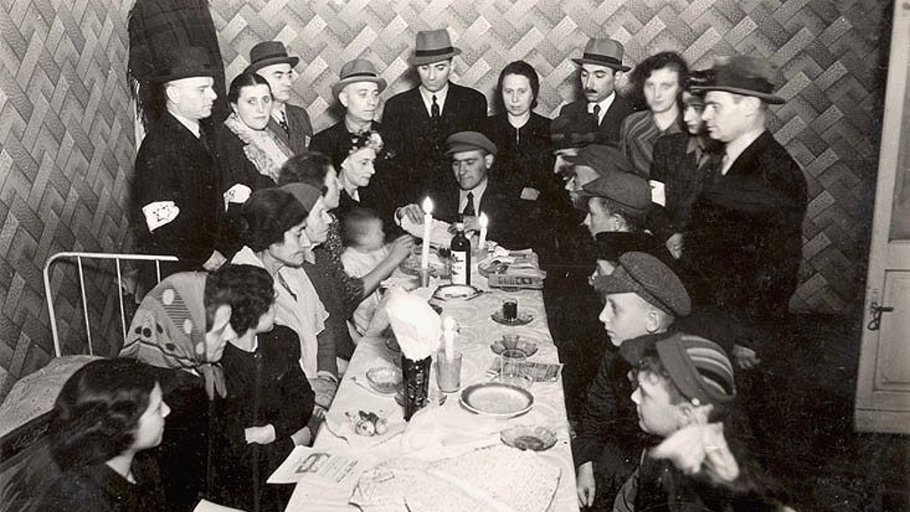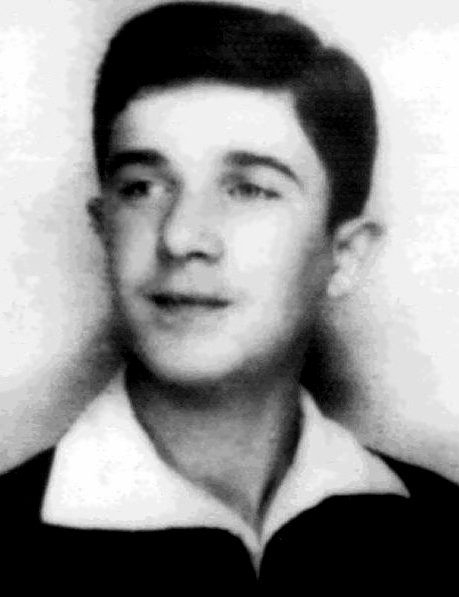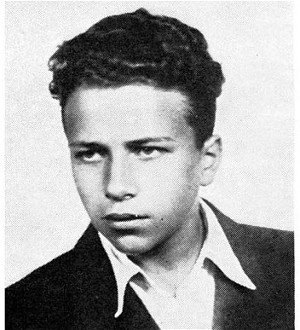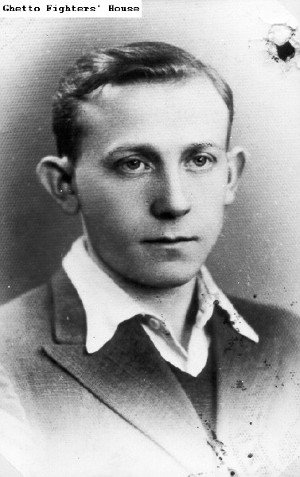The Last Seder in the Warsaw Ghetto
Passover in the Warsaw Ghetto
April, 1943. Passover. A remnant of Jews remains in the Warsaw Ghetto. Germany plans to deport the remaining Jews in the ghetto to the Treblinka death camp. Yet, that remnant celebrated Passover, the last Seder in the Warsaw Ghetto.
Invasion of Poland
In September 1939, Germany invaded Poland, starting World War II in Europe. Two weeks later, Soviet Russia, an ally of Germany, joined the invasion. Poland fell to both countries by the end of September 1939.
Formation of the Warsaw Ghetto
Throughout Poland, Germany forced Jews to live in designated sections of towns, ghettos. The Warsaw Ghetto was established in October 1940. Warsaw had the largest concentration of Jews in Poland, and the Germans sealed 400,000 in the ghetto. Conditions were poor, with limited food and supplies. Many died of disease and starvation.
Deportations
During the summer of 1942, the Germans deported several hundred thousand Jews to the Treblinka death camp. By early 1943, the population in the ghetto had been reduced to under 100,000. Small groups of Jewish fighters started armed resistance, and the Germans temporarily suspended deportations.
Preparations for the Uprising
Jews started preparing underground bunkers to support further resistance. They also smuggled weapons into the ghetto. Two small fighting organizations recruited and armed members.
April – May 1943
The night before Passover, April 19, 1943, German troops entered the ghetto, prepared to liquidate it, and send the remaining residents to death camps. Jewish resistance forces met them with gunfire, grenades, and Molotov cocktails. The German forces retreated. The next day, Jewish fighters again repulsed their re-entry attempt. Over the next month, German forces systematically destroyed the ghetto, block by block, sending the survivors to death camps. The resistance continued throughout the month until their forces were wiped out.
The Last Seder in the Ghetto
Facing extermination, Jews prepared to celebrate Passover in the Warsaw Ghetto. By this time, many were hiding in underground bunkers. Hidden factories baked matzo from their limited food supplies. Tuvia Borzykowski, a survivor, described the scene: “Amidst this destruction, the table in the center of the room looked incongruous with glasses filled with wine, with the family seated around, the Rabbi reading the Haggadah…The Rabbi’s reading was punctuated by explosions and the rattling of machine guns; the faces of the family around the table were lit by the red light from the burning buildings nearby.”
Leading the Seder, Rabbi Meisels said, “Now is a good time to die.” And he did, later that night.
Another survivor, Itzchak Milchberg, was twelve years old at the time. He had been posing as a non-Jew living outside the ghetto but returned to his uncle’s bunker for Passover. “I had never missed a Seder,” he said. During the Seder, Itzchak said the building was shaking, and people were crying. His uncle told him, “You may die, but if you die, you’ll die as a Jew. If we live, we live as Jews. If you live, you’ll tell your children and grandchildren about this.”
Itzchak said they had matzo, but no bitter herbs. “There was plenty of bitterness already,” he said.
Mordechai Anielewicz led the Jewish resistance. In a letter, he stated, “It is impossible to put into words what we have been through. What happened exceeded our boldest dreams. The Germans fled twice from the Ghetto... My life’s dream has come true. Defense in the Ghetto has become a fact. Armed Jewish resistance and revenge are actually happening. I have witnessed the glorious and heroic combat of the Jewish fighters.” He died defending the Warsaw Ghetto.
October 7, 2023
After the largest slaughter of Jews since the Holocaust, Jews once again are celebrating Passover. We can pray that ‘never again’ will Jews hold their Seders under the specter of death.






